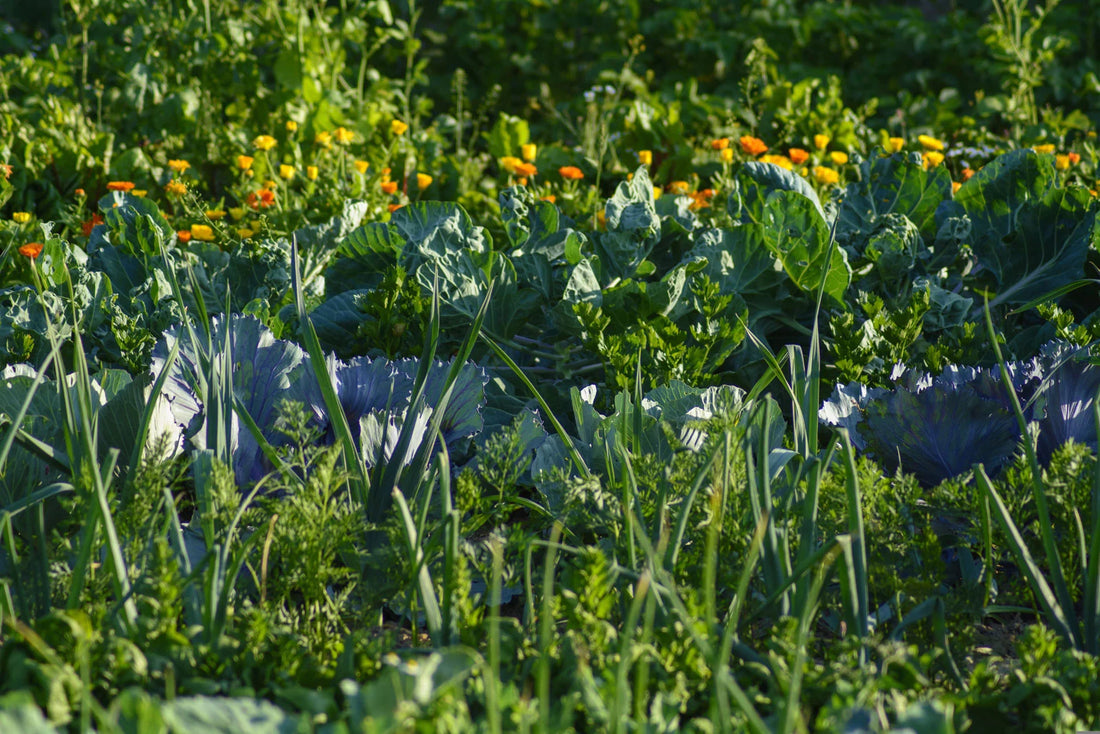One for all! Vermicompost can be used for all plants. Depending on the nutrient requirement, we recommend different dosages.
With regard to their nutrient requirements, it has proven helpful to divide plants into high, medium and low consumers. This applies to all plants, including vegetables, your potted and balcony plants or your herbs. Heavy feeders like to take a lot of vermicompost. Don't mess, pack big is the motto. The weak consumers, on the other hand, are frugal. With too much nutrients, they usually start producing a lot more leafy greens and less flowering and fruiting.
When you plant the plants in the bed, put the vermicompost in the planting hole and around the roots. With the pot culture you mix the humus with the substrate.
Here's a tip for measuring:
- 1 handful = ± 0.15l
- 1 yogurt cup = ± 0.2l
Light Feeders
|
Medium Feeders
|
Heavy Feeders
|
| Cress, lamb's lettuce, radishes, beans, peas, onions | Lettuces, spinach, endives, carrots, fennel, chard, pak choi | Tomatoes, potatoes, pumpkin, zucchini, eggplant |
| 0,2 - 0,5 l/m2 | 0,5 - 1 l/m2 | 1 - 2 l/m2 |
| Pot: max. 1/5 humus | Pot: about 1/3 humus | Pot: 50:50 |
Other things worth knowing
Pot and balcony plants: These are often hungry. No wonder, given the tiny pots they are usually in. But even with large containers, one thing is clear: Nothing gets to them from the outside unless you give it to them. That's why we recommend putting 1-2 handfuls of worm castings on top throughout the year, gently working them in with your hands and then letting the watering water bring the nutrients to the roots with each watering. To revitalize pot and balcony soil from last year, a mixture of 60-70% old substrate, upgraded and well mixed with 30-40% vermicompost, is recommended. You can find further, detailed information here: blog post "Reuse old potting soil".
Seedlings and seedlings: Your organic plant fertilizer is too powerful for fresh sowing. Seedlings need nutrient-poor soil to work properly during the germination and rooting process to develop many strong roots. The Vermi-Gold would feed them too well, leaving them a bit lazy and therefore weakening them for further growth. But if your seedlings are already in their teens and want to be planted outside as seedlings soon, then use the Vermi-Gold generously here when planting.
Herbs: Rosemary, thyme, sage, but also coriander and curry herbs are usually happy with what they have. But they have nothing against a little bit of vermicompost spread on the surface to improve the soil.
Lawn: Here you can spread about 0.3 liters/m² three times a year starting in April.
Natural flower meadows: Attention! These become more and more beautiful and species-rich, the fewer nutrients are available to them. So leave out the vermicompost here.
Storage: Worm humus can be stored for a few months. It is best to use plastic bags for this, which you keep after "shopping" and can now use again, about medium size. Filled with worm castings, you can store them in a cool, dark place. Make sure there is sufficient oxygen supply and moisture --> ie leave the plastic bag open, poke in a few air holes if necessary, and moisten a little from time to time. Attention, not too wet and no waterlogging, otherwise there will be mold, this should be avoided. Adequate ventilation also helps. You can simply smell the stored worm castings to check the quality. In the best case, it should smell slightly of forest soil, and in any case always pleasant.


